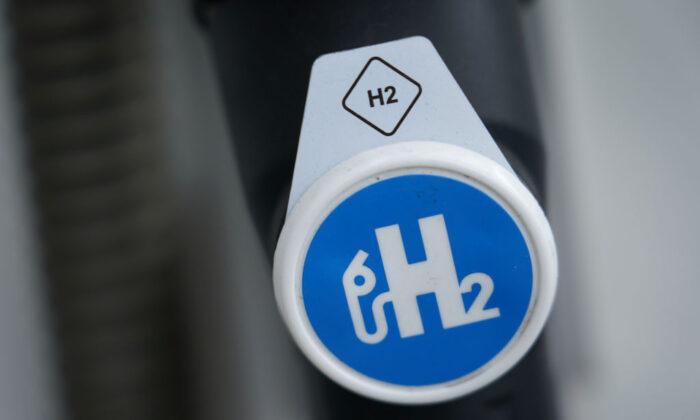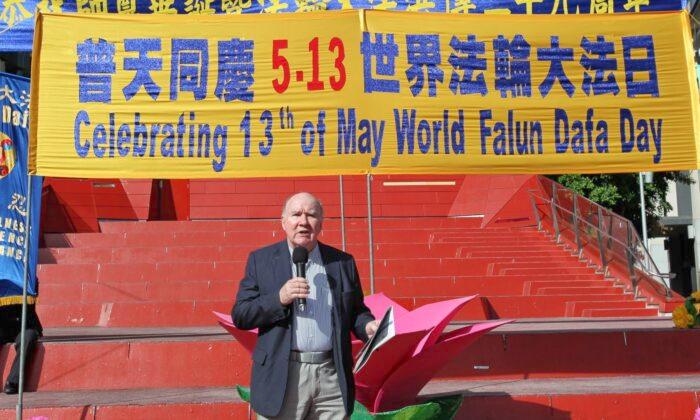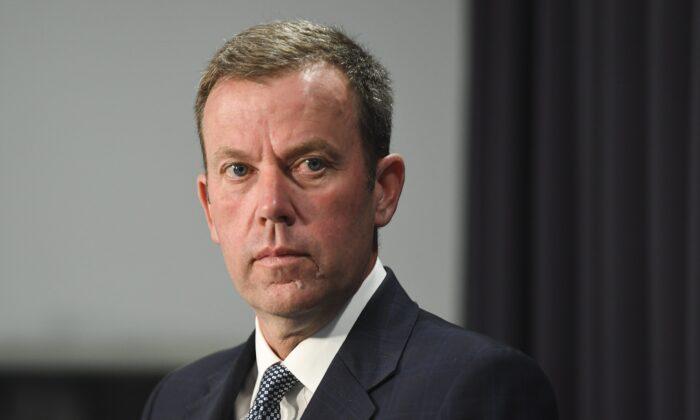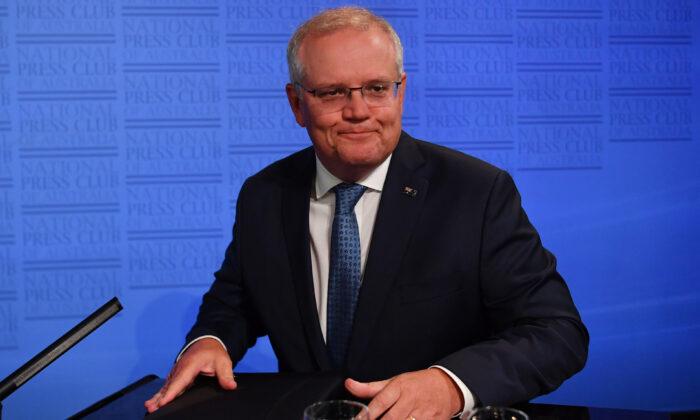A nationwide network of hydrogen energy hubs has been set up in all states and territories to develop Australia as a global competitor in the emerging renewable energy industry.
National Energy Resources Australia (NERA) announced in a press release on Monday that the project will develop 13 regional hydrogen clusters made up small and medium-sized businesses.
NERA, state governments and industry made the joint investment of $1.85 million for the clusters through the Regional Hydrogen Technology Clusters Seed Funding Program, formed in September 2020.

NERA Chief Executive Miranda Taylor says these clusters mark Australia’s ambition to become a major competitor in the hydrogen energy industry by developing skills and market.
She said this is a long term investment to capitalise in the growth of hydrogen. It will also bring existing businesses together making the Australian market stronger and more accessible globally.
Exporting hydrogen to overseas markets seeking greener options could increase Australia’s GDP by up to $26 billion, according to a 2019 Deloitte report.
Federal Energy and Emissions Reduction Minister Angus Taylor believes Australia is well-positioned to ride the wave of transition from traditional “grey” energies such as coal and gas to green energies like hydrogen energy.
Taylor explained that while hydrogen is currently made by gas methane, “there’s potential to make large quantities of it from water through a process called electrolysis.”
This then creates clean CSS hydrogen which can be stored permanently in tanks.
Taylor mentioned that solar or wind power could also be used to make hydrogen.
“Hydrogen can be stored, it can be transported, and its a good fuel source to move around,” he said.

Hydrogen is most commonly used in farming to make nitro which is used as fertiliser. But it has the capability to power a substantial number of homes and vehicles when produced in large amounts.
“The biggest investment in transport is in heavy vehicles ... so you’re seeing companies looking at hydrogen for mining trucks,” Taylor said.





